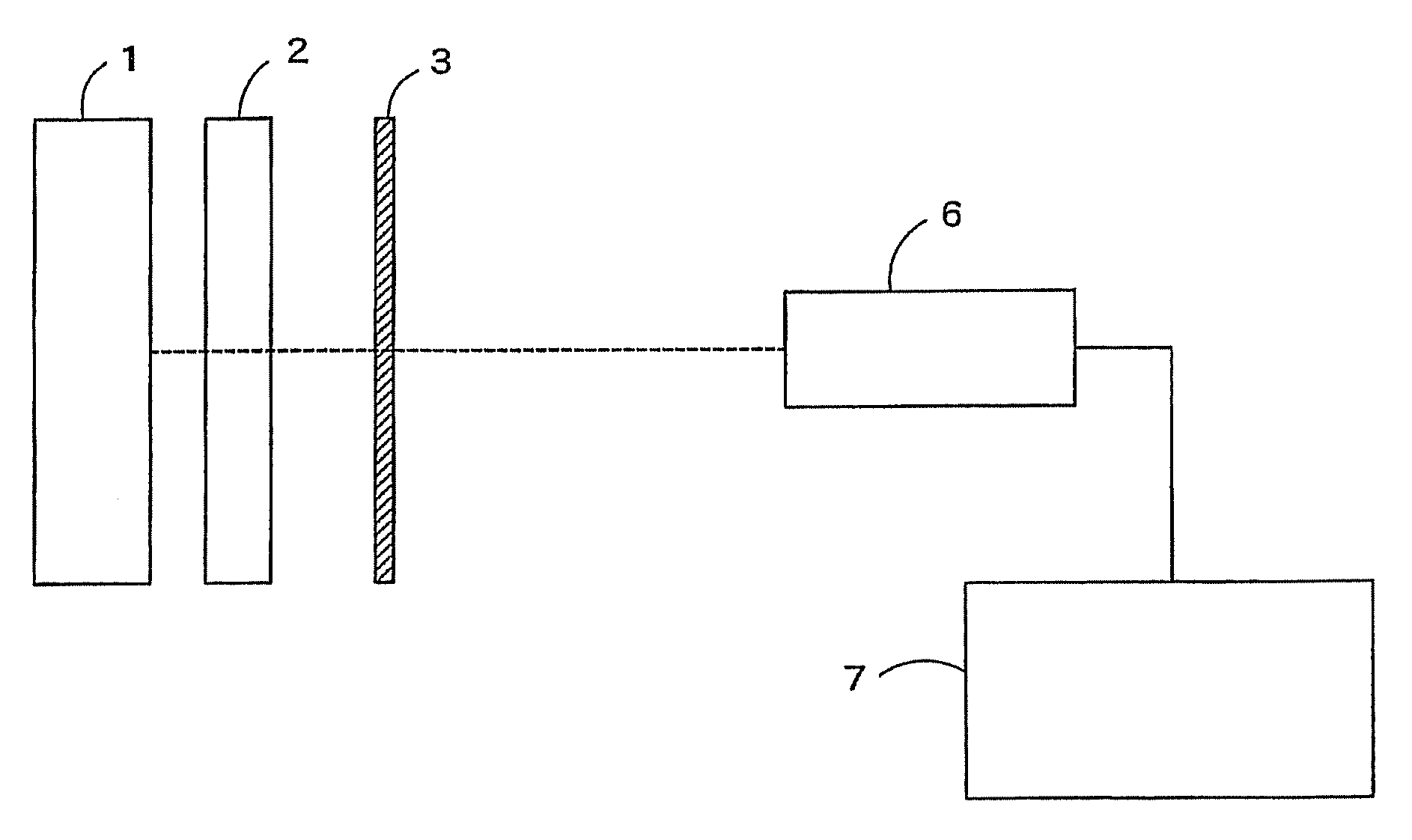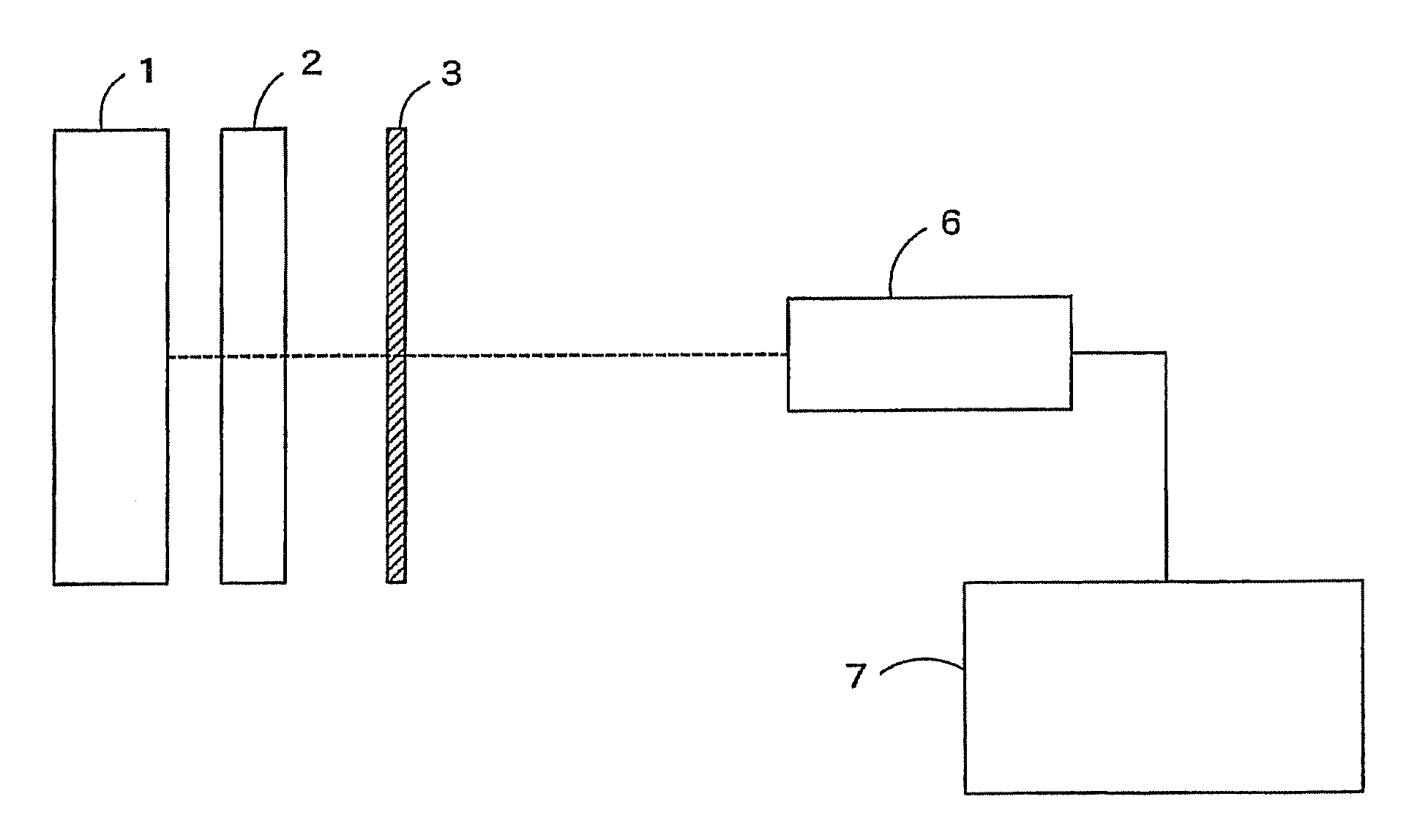Glare-proofing optical laminate
a technology of optical laminates and glare-proofing, applied in the direction of polarising elements, ways, instruments, etc., can solve the problems of difficult to achieve the effect of anti-glare laminates per se, narrow and large curve of concave shape, and high degree of glare, so as to reduce surface haze, reduce glare, and reduce glar
- Summary
- Abstract
- Description
- Claims
- Application Information
AI Technical Summary
Benefits of technology
Problems solved by technology
Method used
Image
Examples
example 1
[0306]An optical laminate according to the present invention was produced as follows.
[0307]Formation of Anti-Dazzling Layer
[0308]An 80 μm-thick triacetylcellulose film (TD80U, manufactured by Fuji Photo Film Co., Ltd.) was provided as a transparent base material. Composition 1 for an anti-dazzling layer was coated onto the film with a wire-wound rod for coating (Mayer's bar), and the coating was heat dried in an oven of 70° C. for one min to evaporate the solvent component. Thereafter, under nitrogen purge (oxygen concentration: not more than 200 ppm), ultraviolet light was applied at an exposure of 30 mJ for half curing to cure the coating film. Thus, a 5 μm-thick anti-dazzling hardcoat layer was formed. The light transparent fine particles were monodisperse acrylic beads having a particle diameter of 5.0 μm.
[0309]Formation of Surface Modifying Layer
[0310]The formed anti-dazzling layer was provided as a transparent base material. Composition 1 for a surface modifying layer was coat...
example 2
[0311]An optical laminate was produced in the same manner as in Example 1, except that composition 2 for an anti-dazzling layer was used. The light transparent fine particles in composition 2 for an anti-dazzling layer were monodisperse acrylic beads having a particle diameter of 9.5 μm, and the surface modifying layer had a thickness of 4.0 μm.
example 3
[0312]An optical laminate was produced in the same manner as in Example 1, except that composition 3 for an anti-dazzling layer was used. The light transparent fine particles in composition 3 for an anti-dazzling layer were monodisperse acrylic beads having a particle diameter of 13.5 μm.
PUM
| Property | Measurement | Unit |
|---|---|---|
| particle diameter | aaaaa | aaaaa |
| particle diameter | aaaaa | aaaaa |
| thickness | aaaaa | aaaaa |
Abstract
Description
Claims
Application Information
 Login to View More
Login to View More - R&D Engineer
- R&D Manager
- IP Professional
- Industry Leading Data Capabilities
- Powerful AI technology
- Patent DNA Extraction
Browse by: Latest US Patents, China's latest patents, Technical Efficacy Thesaurus, Application Domain, Technology Topic, Popular Technical Reports.
© 2024 PatSnap. All rights reserved.Legal|Privacy policy|Modern Slavery Act Transparency Statement|Sitemap|About US| Contact US: help@patsnap.com









